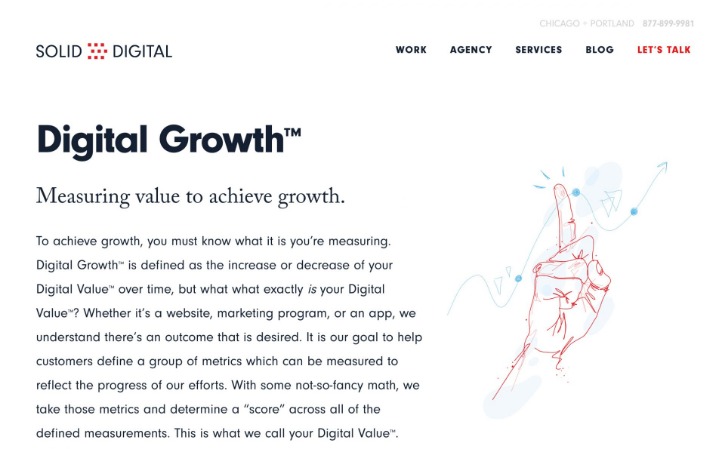“`html
The landscape of design and visualization has undergone a remarkable transformation with the advent of 3D rendering services. This cutting-edge technology has reshaped industries, making it an indispensable tool for architects, interior designers, product manufacturers, and more. In this comprehensive article, we will delve into the world of 3D rendering, exploring its various facets, applications, and how it has revolutionized the design world.
Understanding 3D Rendering
At its core, 3D rendering is the process of turning digital models into lifelike images. Artists and designers employ specialized software to create highly realistic images that simulate lighting, textures, and materials. This technology empowers professionals to visualize their concepts with unparalleled accuracy before committing to production or construction.
Applications of 3D Rendering Services
The versatility of 3D Architectural Rendering services extends across various sectors. Here are some key areas where these services play a pivotal role:
1. 3D Architectural Rendering
3D Architectural Rendering has become an essential component in the architectural industry. It allows architects to present their designs in intricate detail, offering clients a glimpse of the final product long before construction begins. This not only enhances client satisfaction but also facilitates decision-making during the design process.
Whether it’s a skyscraper in a bustling metropolis or a serene countryside villa, architectural rendering brings designs to life. From exterior façade to interior space planning, every aspect of the structure can be examined and refined.
2. Interior Rendering Services
Interior designers no longer rely solely on 2D sketches to communicate their ideas. With interior rendering services, they can create immersive visualizations that showcase the textures, colors, and furnishings proposed for a space. Clients can virtually walk through their future homes or offices, making it easier to finalize design concepts and make informed decisions.
3. 3D Exterior Rendering Services
The exterior of a building defines its character and presence. 3D exterior rendering services provide a platform to experiment with various materials, landscaping options, and architectural features. This ensures that the building integrates seamlessly into its environment and aligns with the client’s vision.
4. 3D Furniture Rendering Services
Furniture manufacturers and designers leverage 3D furniture rendering services to create detailed representations of their products. This aids in marketing efforts by providing customers with realistic images that highlight every detail, from fabric texture to intricate carvings. It also allows for easy customization, offering a wide range of design options without physical prototypes.
5. 3D Product Rendering
In the realm of product design, 3D product rendering stands as a game-changer. It enables designers to create high-resolution images for advertising and e-commerce without the need for costly photo shoots. This tool is particularly valuable for consumer electronics, automotive industries, and consumer goods, where detail and precision are paramount.
Advantages of 3D Rendering Services
- Realism and Precision: 3D rendering achieves unparalleled realism, with intricate details, textures, and lighting effects that can’t be captured through traditional methods.
- Cost Efficiency: Reduced need for physical models and prototypes lowers production costs and shortens timeframes.
- Versatility: Applicable across various industries such as architecture, interior design, marketing, and more.
- Customization: Allows for personalized designs to be developed and assessed without extensive expenditure.
- Global Accessibility: Enables businesses to cater to a worldwide audience with digital models that can be easily shared and iterated upon.
Conclusion
The significance of 3D rendering services cannot be overstated in today’s fast-paced design environment. Whether for enhancing architectural concepts, creating inviting interior spaces, or refining product designs, these services offer unparalleled precision, flexibility, and efficiency.
As technology continues to evolve, the capabilities of 3D rendering will expand even further, providing new opportunities for innovation and creativity across diverse sectors. For professionals and clients alike, embracing this powerful tool is essential for staying ahead in a competitive world.
FAQs
What is the difference between 3D modeling and 3D rendering?
3D modeling involves creating the digital structure or representation of an object, whereas 3D rendering is the process of converting these models into 2D images with defined attributes like color, lighting, and shadow to achieve realism.
How long does it take to complete a 3D rendering project?
The duration can vary significantly based on complexity, scope, and detail required. Simple projects might require a few days, while more complex, large-scale designs can take weeks or longer.
Can 3D rendering be used for landscape design?
Absolutely. 3D rendering is widely used in landscape design to visualize plantings, terrain modifications, and outdoor elements such as patios and water features.
For an in-depth look at architectural-specific services, you can explore 3D Architectural Rendering services and appreciate the full scope of possibilities this technology offers.
“`


